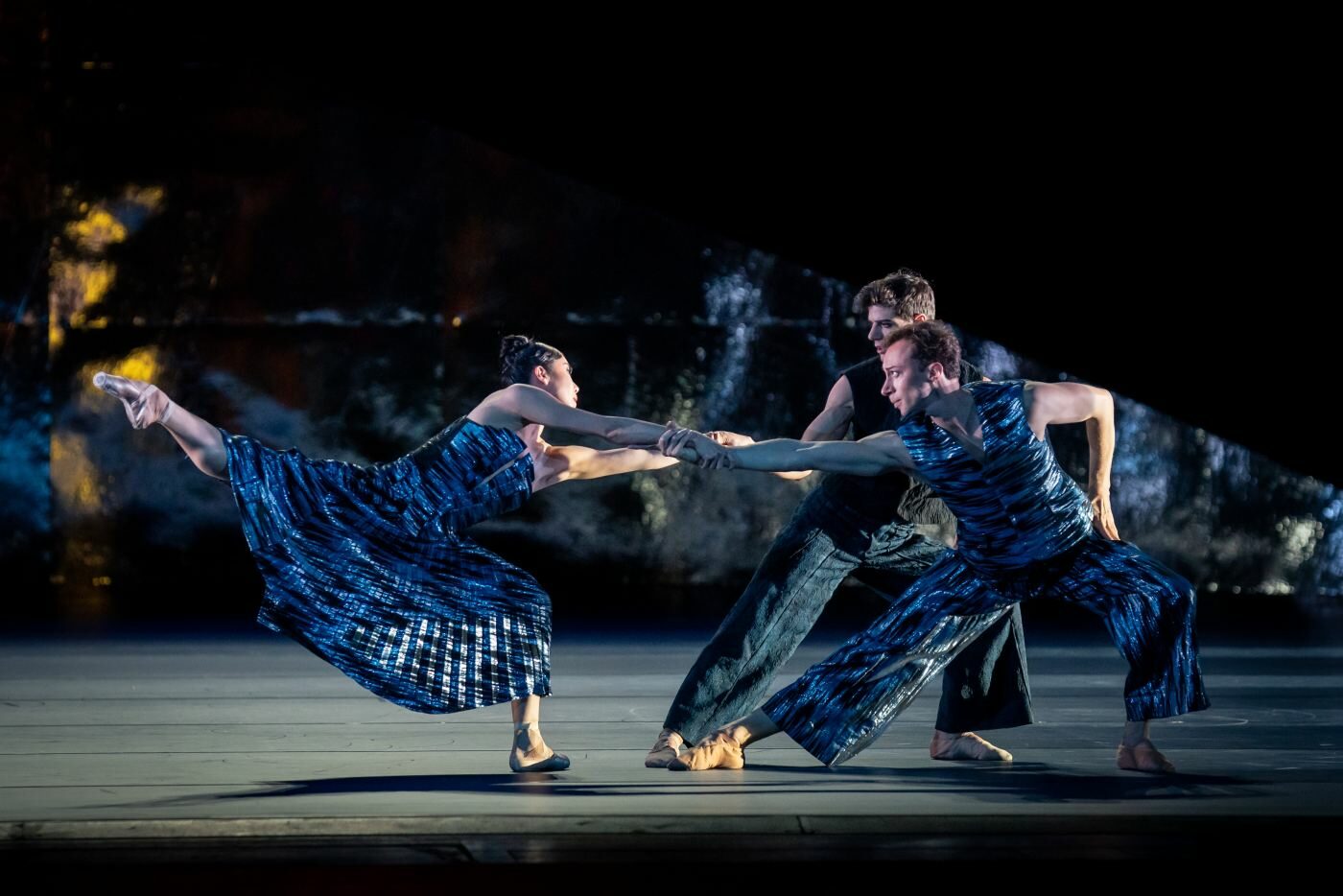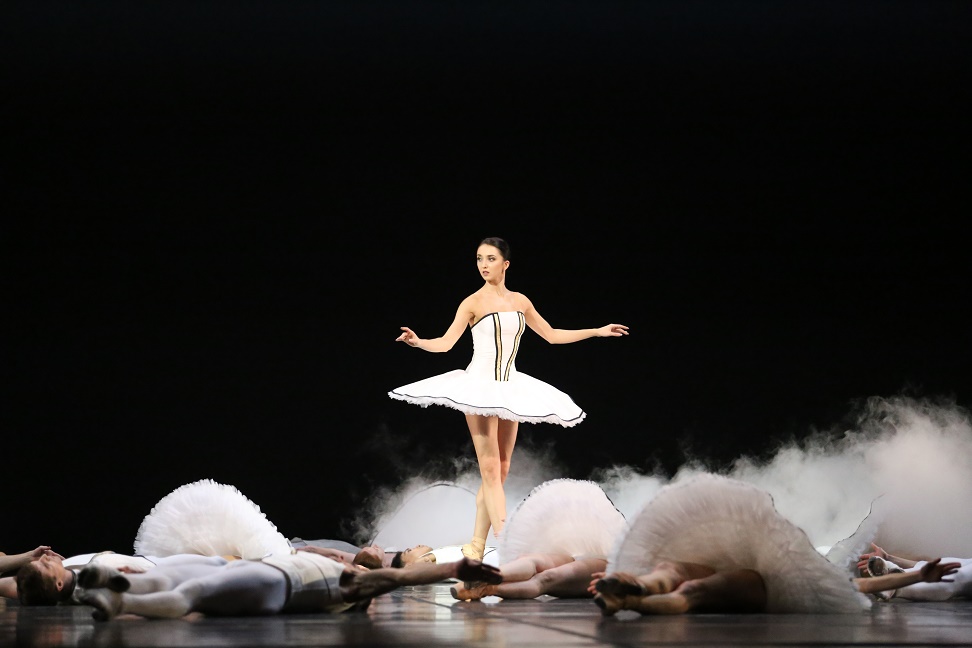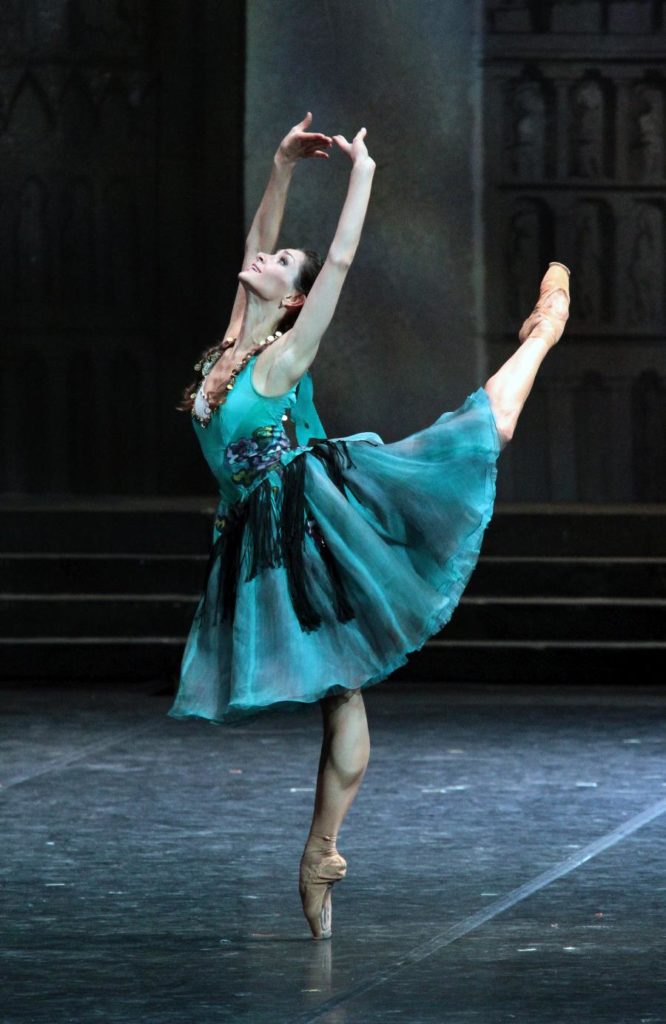“Don Quixote”
Ballet of the Stanislavsky and Nemirovich-Danchenko Moscow Music Theatre
Stanislavsky and Nemirovich-Danchenko Moscow Music Theatre
Moscow, Russia
February 15, 2024
by Ilona Landgraf
Copyright © 2024 by Ilona Landgraf
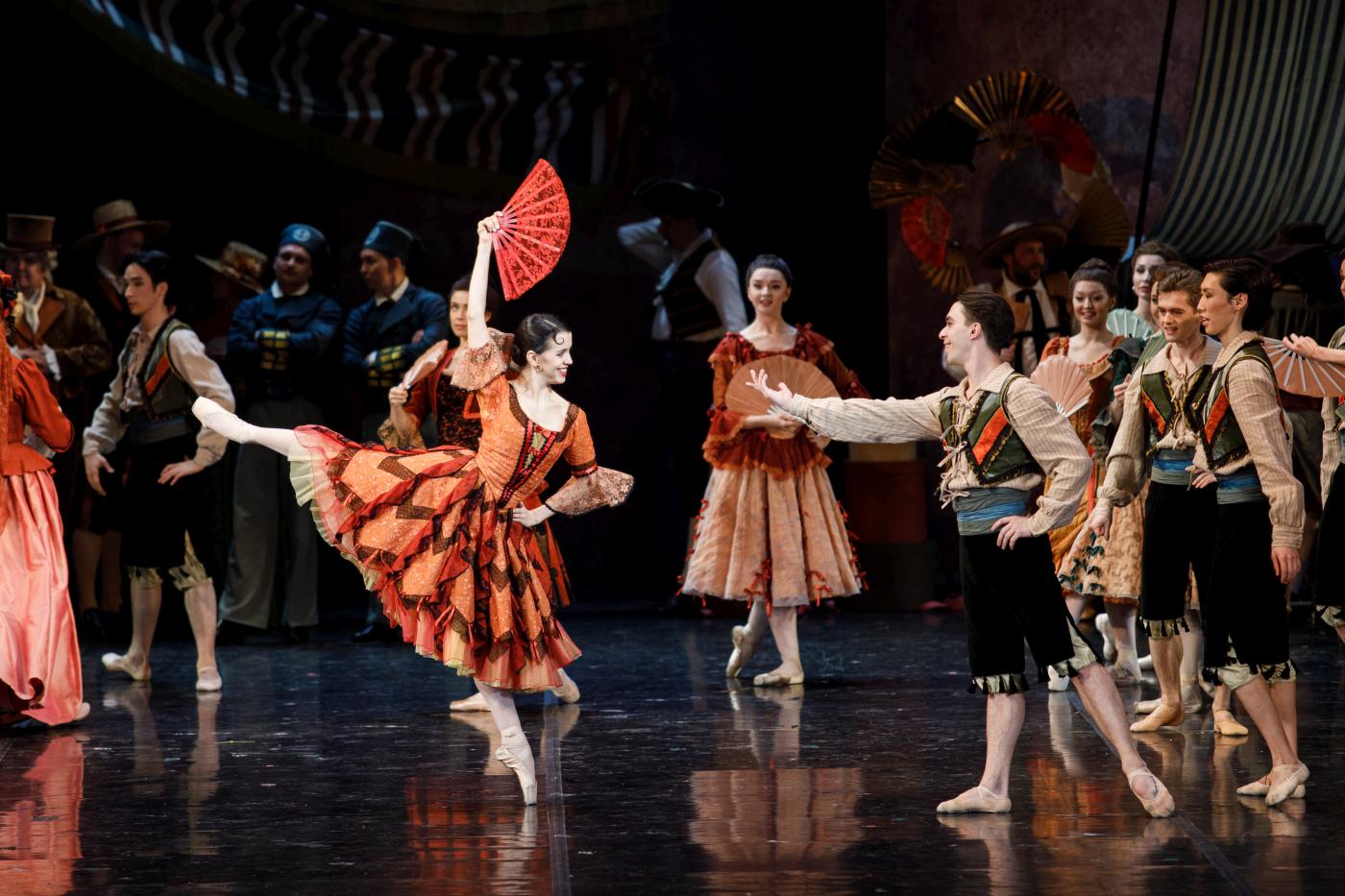 Moscow’s ballet audience is well-versed and demanding. The crowd that filled the Stanislavsky Theatre last Thursday to watch Don Quixote gave the quirky Don Quixote (Nikita Kirillov) and his gluttonous squire, Sancho Panza (Konstantin Semenov), a friendly but reserved welcome. The company’s former artistic director, Laurent Hilaire, added the production to the repertoire in 2019, and Hilaire’s successor, Maxim Sevagin, has kept it since 2022. As a former etoile of the Paris Opera Ballet who danced under Rudolf Nureyev’s directorate, Hilaire chose to introduce the Russian audience to Nureyev’s version of Don Quixote. Its set and costume design replicates Nicholas Georgiadis’s originals for the Paris Opera premiere.
Moscow’s ballet audience is well-versed and demanding. The crowd that filled the Stanislavsky Theatre last Thursday to watch Don Quixote gave the quirky Don Quixote (Nikita Kirillov) and his gluttonous squire, Sancho Panza (Konstantin Semenov), a friendly but reserved welcome. The company’s former artistic director, Laurent Hilaire, added the production to the repertoire in 2019, and Hilaire’s successor, Maxim Sevagin, has kept it since 2022. As a former etoile of the Paris Opera Ballet who danced under Rudolf Nureyev’s directorate, Hilaire chose to introduce the Russian audience to Nureyev’s version of Don Quixote. Its set and costume design replicates Nicholas Georgiadis’s originals for the Paris Opera premiere.
Back at the bustling market square, the exuberance of the Spanish youth gradually spread through the rows. The legs of the toreadors sliced the air like knife edges; their leader, Espada (Evgeny Zhukov), missed no chance to parade his oomph; the sultry show of Olga Sizykh’s street dancer heated the air so much that the men began to brawl over the women – but the arrival of Don Quixote (on top of his armored old nag Rocinante) chilled passions. (more…)
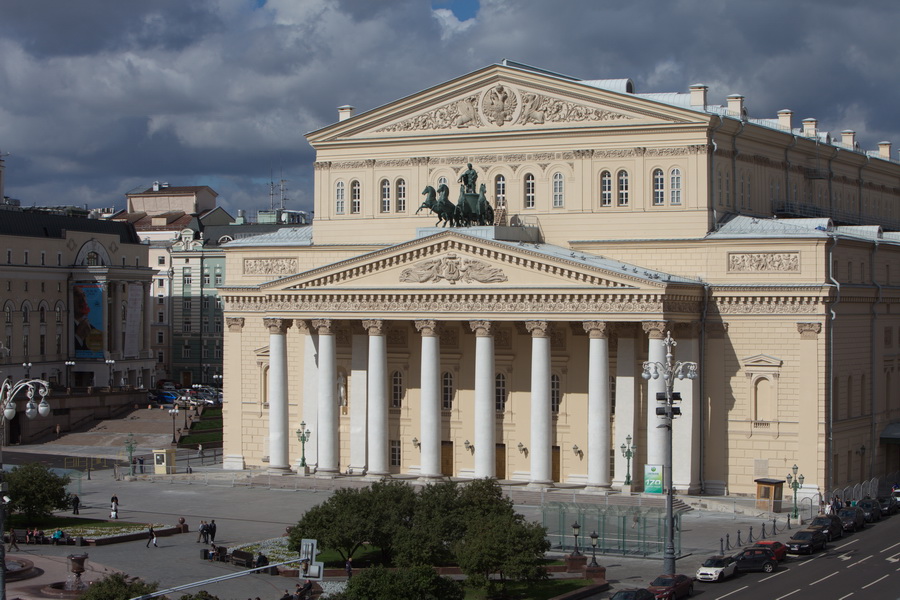
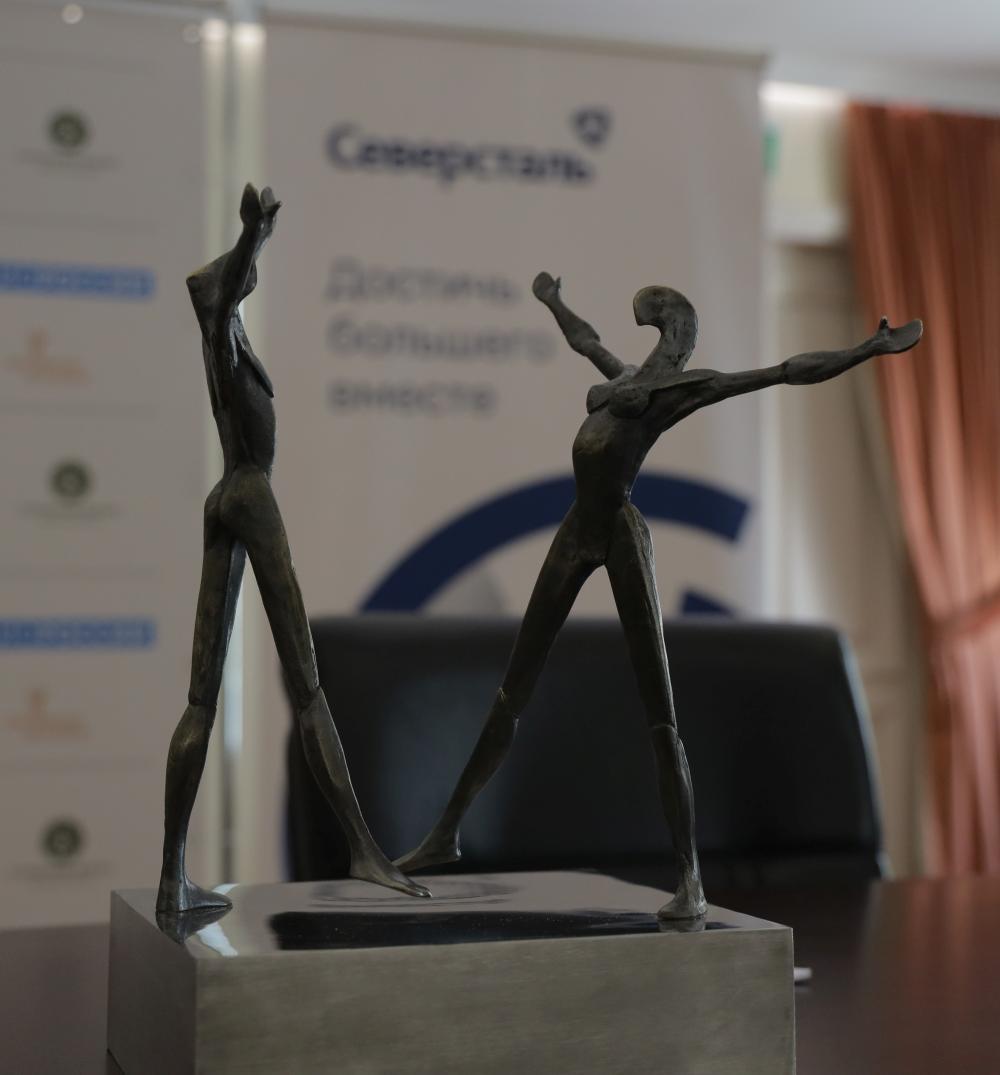 On June 25th, the Bolshoi Theatre will host the annual Prix Benois charity gala and awards ceremony. It will be followed by a gala concert on June 26th during which laureates of previous years will perform. Prizes will be awarded to the best choreographer and the best female and male dancers. Below is an overview of the five nominated choreographers in alphabetical order. A report on the nominated dancers will follow. (more…)
On June 25th, the Bolshoi Theatre will host the annual Prix Benois charity gala and awards ceremony. It will be followed by a gala concert on June 26th during which laureates of previous years will perform. Prizes will be awarded to the best choreographer and the best female and male dancers. Below is an overview of the five nominated choreographers in alphabetical order. A report on the nominated dancers will follow. (more…)